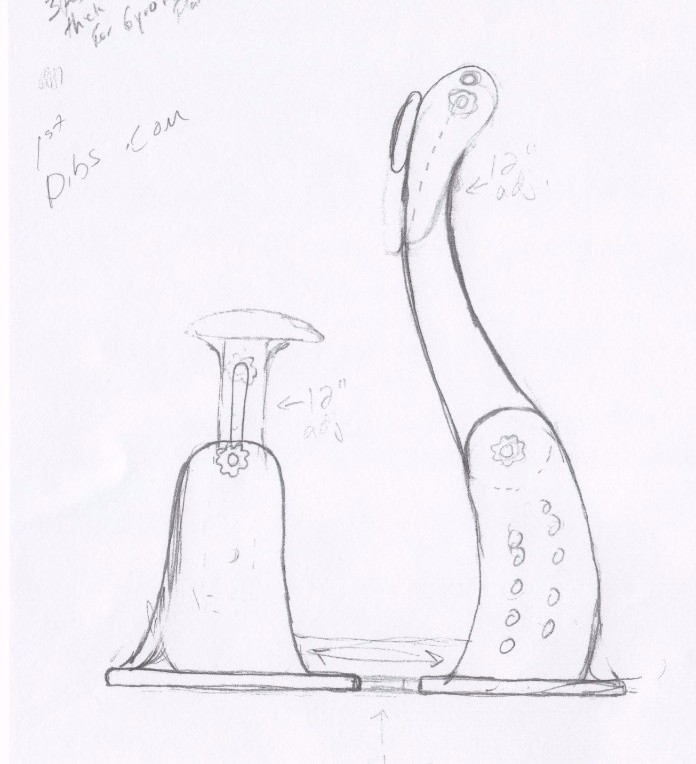The Inventor Discusses the Design Concept

The concept for an anterior support workstation came from my experience as a physical therapist working with patients who had neck or back pain exacerbated by sitting at their occupational workstations. Some had been provided a full “ergonomic assessment” financed by their employers. The ergonomic recommendations were variations on the same theme: a posterior support system and chair design with a 90 degree hip angle. But sitting in this position seemed to predispose some of my patients to slouching - rounding the back and jutting the head forward.

Anterior Chest Support
A seat designed with the hip position higher than the knee position helped my patients sit more comfortably for longer periods of time
see my research page. An anterior chest support instead of a back support decreased fatigue with both sitting and standing postures during vertical alignment. The “light touch chest support” provides a gentle relief for the back when sitting or standing long periods of time at the computer. Jim Brushaber of Brushaber Designs was the initial designer of the wood prototype.


Anterior Head Support
My patients with neck pain were a tougher group! Nothing in the ergonomic workstation assessment recommendations seemed to help them. I thought about the massage chair and how the face cradle supports the head.…and the design for a “light touch head support” was born. It doesn’t take much support to relieve neck strain, so a gentle forehead rest was the perfect solution! The head support allows the head and neck to relax while maintaining an upright position at the workstation….
Floating Seat
Being still for long periods of time seemed to be the primary instigator for pain in my patients. Moving frequently was best - and the only seat anology was a saddle on a horse –
(see research page). The air cusion seat allows the pelvis to move freely. The ability to adjust the stool height so that the knees are below the hips allows the pelvis to anteriorly tilt so that the back can maintain its natural curvature (the opposite of “slouching”). The adjustable stool can shift from a sitting position to half sit/half stand position and everywhere in between. When it is time to stand, the stool can simply be removed.


Sit to Stand Option
Portability
Finally, the convenience of being able to fold the workstation and wheel it away was an important feature to include in this workstation.

Lise Stolze
Lise Stolze earned her master’s degree in physical therapy in 1993 and her doctor of science in orthopedics in 2011. She was an affiliate faculty member at Regis University until 2013. She is a certified scoliosis therapist through the Schroth Barcelona Institute (C2) and the Scientific Exercise Approach to Scoliosis (level 2). She holds certifications through the Pilates Method Alliance and the GYROTONIC EXPASION SYSTEM® and has been an educator for Polestar Pilates Education since 1999. Lise’s research on low back pain and Pilates was published in the Journal of Orthopedic and Sports Physical Therapy. She is a Certified Strength and Conditioning Specialist through the NSCA. She owns Stolze Therapies, a physical therapy practice in Denver where she counsels her patients on ergonomics.




